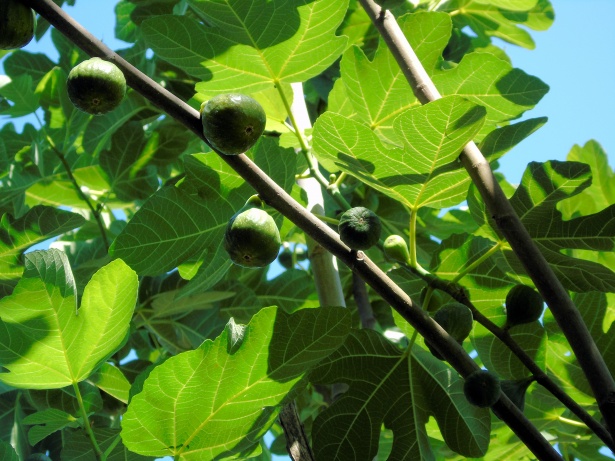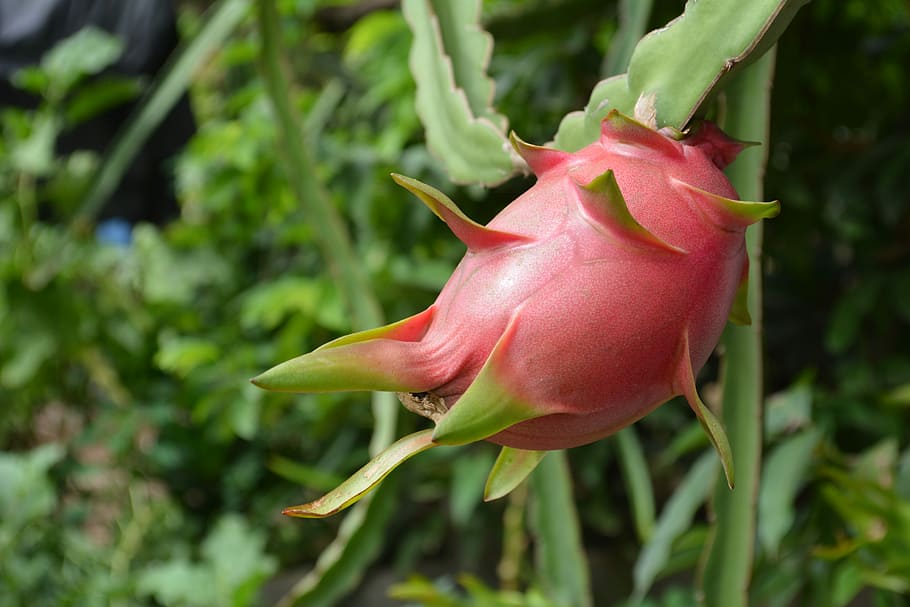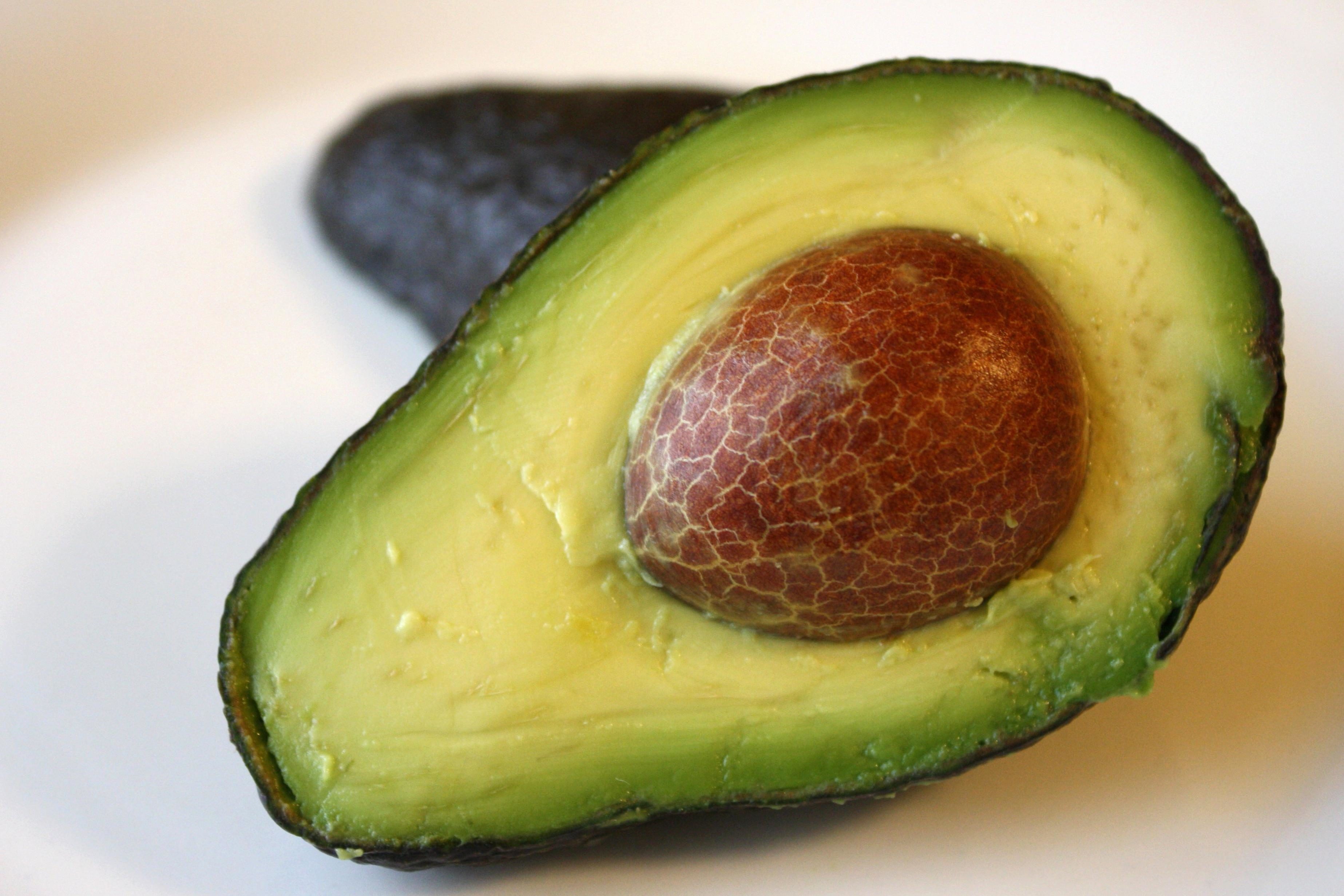
Fig Growing Zone: Tips for Growing Figs in Your Garden
Are you thinking about adding fig trees to your garden? Fig trees not only provide delicious fruit but also enhance the aesthetics of your outdoor space. However, before you start planting, it’s important to consider the fig growing zone suitable for your area. In this post, we’ll discuss what a fig growing zone is, how to determine your zone, and essential tips for successfully growing figs in your garden.
Understanding Fig Growing Zones
Fig trees thrive in specific climate conditions, which is why understanding the fig growing zone is crucial. The United States Department of Agriculture (USDA) has developed a zone map that categorizes different regions based on their average minimum temperatures. This map helps gardeners determine the suitable plants that can survive in their area.
Determining Your Fig Growing Zone
To determine your fig growing zone, locate your region on the USDA’s Hardiness Zone Map. The map is divided into different zones, from Zone 1 (coldest) to Zone 13 (warmest). Fig trees typically thrive in warmer zones, ranging from Zones 8 to 11. If you live in a colder zone, don’t worry! You can still grow figs by planting them in containers and bringing them indoors during the winter months.
Tips for Growing Figs in Your Garden
Now that you know your fig growing zone, here are some tips to help you successfully cultivate fig trees in your garden:
Choose the Right Variety
There are multiple fig varieties available, each with its unique characteristics. Make sure to select a variety that is recommended for your specific zone. Some popular fig varieties include ‘Brown Turkey,’ ‘Celeste,’ and ‘Chicago Hardy.’
Find the Ideal Location
Fig trees prefer full sun and well-draining soil. Choose a location in your garden that receives at least 6-8 hours of direct sunlight each day. Avoid areas with heavy clay soil that may retain too much water, leading to root rot.
Plant Correctly
When planting a fig tree, dig a hole that is slightly wider and deeper than the tree’s root ball. Place the tree in the hole, ensuring that the top of the root ball is level with the soil surface. Backfill the hole with soil, gently tamping it down to remove air pockets.
Watering and Fertilizing
Keep the soil around your fig tree consistently moist but not waterlogged. Water deeply once or twice a week, especially during dry spells. Additionally, fertilize your fig tree in the spring and summer using a balanced fertilizer formulated for fruit trees.
Pruning and Maintenance
Regular pruning helps maintain the shape of your fig tree and promotes fruit production. Prune during the dormant season, removing any dead or diseased branches. Remember to also remove any suckers that may sprout from the base of the tree.
Winter Care
If you live in a colder zone, protect your fig tree from freezing temperatures by wrapping it with burlap or creating a barrier using stakes and insulating material. Alternatively, you can plant the fig tree in a container and bring it indoors during the winter months.
By following these tips, you can successfully grow fig trees in your garden, no matter what your fig growing zone may be. Enjoy the sweet rewards of homegrown figs while adding beauty and diversity to your outdoor space!
Keep Reading

Creating a Lush Garden in Your Dragon Fruit Growing Zone
Are you lucky enough to live in a dragon fruit growing zone? If so, you have a fantastic opportunity to create a lush and vibrant garden that will make your neighbors green with envy.

How to Grow an Avocado Tree from Seed: 5 Easy Steps
Are you an avocado-lover dreaming of having your own avocado tree in your garden? Growing an avocado tree from seed is a rewarding and fun experience. In this guide, we'll walk you through the simple steps to successfully grow an avocado tree.